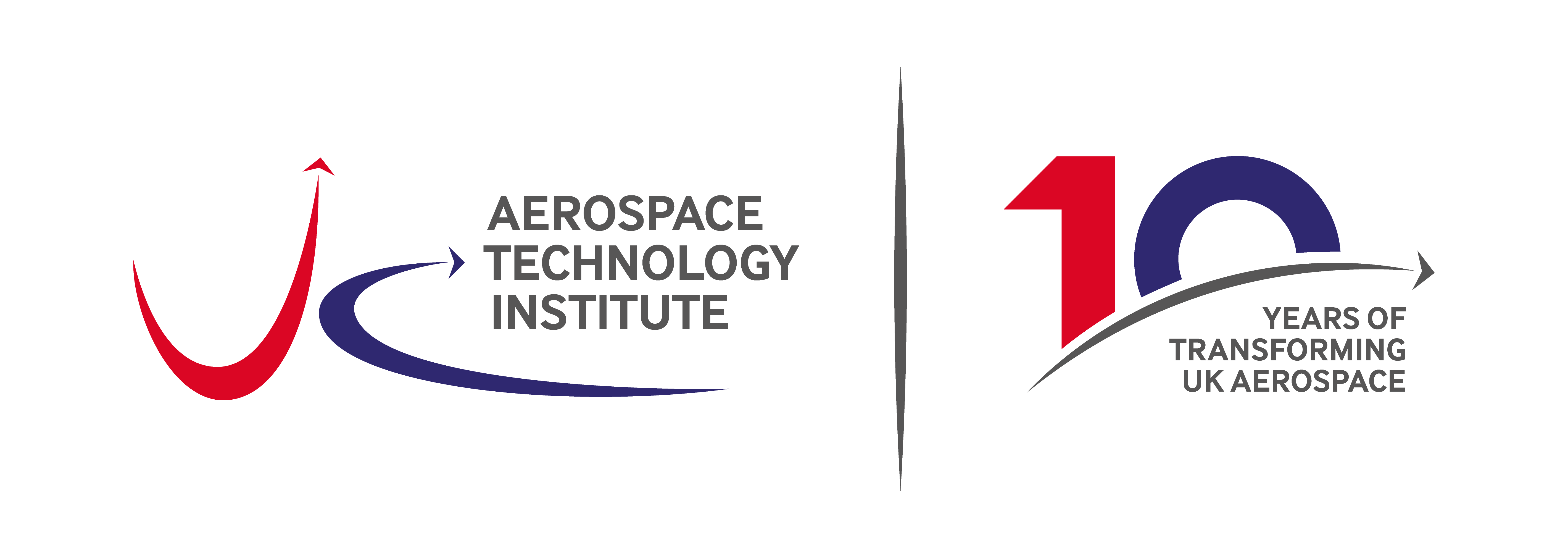Interview: James McMicking
The ATI’s first chief strategy officer, James McMicking, left the Institute recently to take up the role of vice president for strategy at ZeroAvia. Malcolm Scott spoke to him just before Christmas about his time at the ATI and his hopes for the future of UK aerospace.
Malcolm Scott (MS): You joined the ATI in 2014 as part of the original executive team line-up. What led you to the ATI?
James McMicking (JM): It was a once-in-a-lifetime opportunity to make a difference in something I feel passionate about – engineering, technology and the future of the UK. I was not an aerospace person (although I have become one now!) but I could see the huge potential in the sector for advancing the cause of high-value engineering. There was a good personal fit too as I had a background in both engineering and management/strategy, and the ATI needed to combine these. There was the opportunity to work with big players, and it was a chance to help create a new organisation with real resources – that is not something that comes round frequently.
MS: How do you think the ATI has done since those early days?
JM: Fantastically! Of course, I would say that, but it is true. The first year was a gradual build up of the team and in developing the confidence of industry and government – more facilitative, getting the basic processes right. Increasingly we recognised ATI’s privileged vantage point, and that companies were prepared to share things with us, so we could build up our own knowledge and develop an independent view. That enabled us to inject different thinking into government and industry and carve out a niche where the organisation can act in the best interests of the whole sector. The ATI has demonstrated that by backing disruptive technologies such as in zero-emission, supporting start-ups and new entrants to the sector, and developing new innovation models such as the ATI/Boeing Accelerator and what became the Future Flight Challenge. This would not have happened if the ATI had simply followed the incumbents. FlyZero is a whole new chapter and shows the potential for the ATI to leverage the full UK capability, build new networks, undertake fast projects and generate outcomes that are valuable to industry before starting the cycle over again.
MS: What were the high points at the ATI for you?
JM: It was great to see the enthusiastic take up of our early strategy documents. Presenting them was always nerve-wracking as we did not know if stakeholders would value our analysis, but they did. Later, the move to backing more radical and disruptive technology was very exciting and has been a real success for the ATI. The ATI conferences have been highpoints. And of course, helping to launch FlyZero.
MS: As you move into your new role at ZeroAvia, how do you rate the prospects for zero-emission flight?
JM: It is a question of when not if. Looking back at human progress, we are only now beginning to understand the impact of our activities on the planet. But it will be a defining theme of future progress, probably forever. Technology will also keep advancing – this is often underestimated, but there are many examples in the world of transformative technologies being developed, and aerospace will be no different. I am therefore very optimistic about what we can achieve and I anticipate zero-emission flight across the whole fleet eventually. The net-zero solutions in view at the moment will not be the endpoint. ZeroAvia sees the commercial opportunities of zero-emission flight starting around the end of 2024. And the UK can play a huge role in this. The supply chain has not yet been established and the UK can easily take a lead in important high-end technologies. But it will need to move fast – we cannot afford the long lead times that some previous initiatives have had and other formidable countries have woken up to these opportunities.
MS: Do you have any parting messages to the ATI?
JM: Keep listening to stakeholders, understand the real needs of industry and think about how to serve those needs. There is so much that ATI can offer. Keep challenging conventions and keep an open mind about what is possible. FlyZero is a great example of the sort of collaborative effort that can be achieved through the ATI if you do this. Stay really focused on the ATI’s unique role.
MS: What aspirations do you have for ATI in future?
JM: ATI and the industry have successfully halted the decline in UK aerospace over the past seven years since the ATI was created. I really hope to see that progress continue by offering long-term certainty of strategic funding and support. Not to do so would be to snatch defeat from the jaws of victory. It’s also important the ATI remains accessible to industry, and continues to find ways it can have open conversations, offer real strategic insights and support companies to be successful beyond the funding. This can be very valuable, particularly for smaller companies and entrants to aerospace, and we do need these new companies. Keep working to improve the ATI offering, but also take confidence that, despite the occasional criticism, it is very competitive globally.
MS: Many thanks, James, and all the best for the future.

